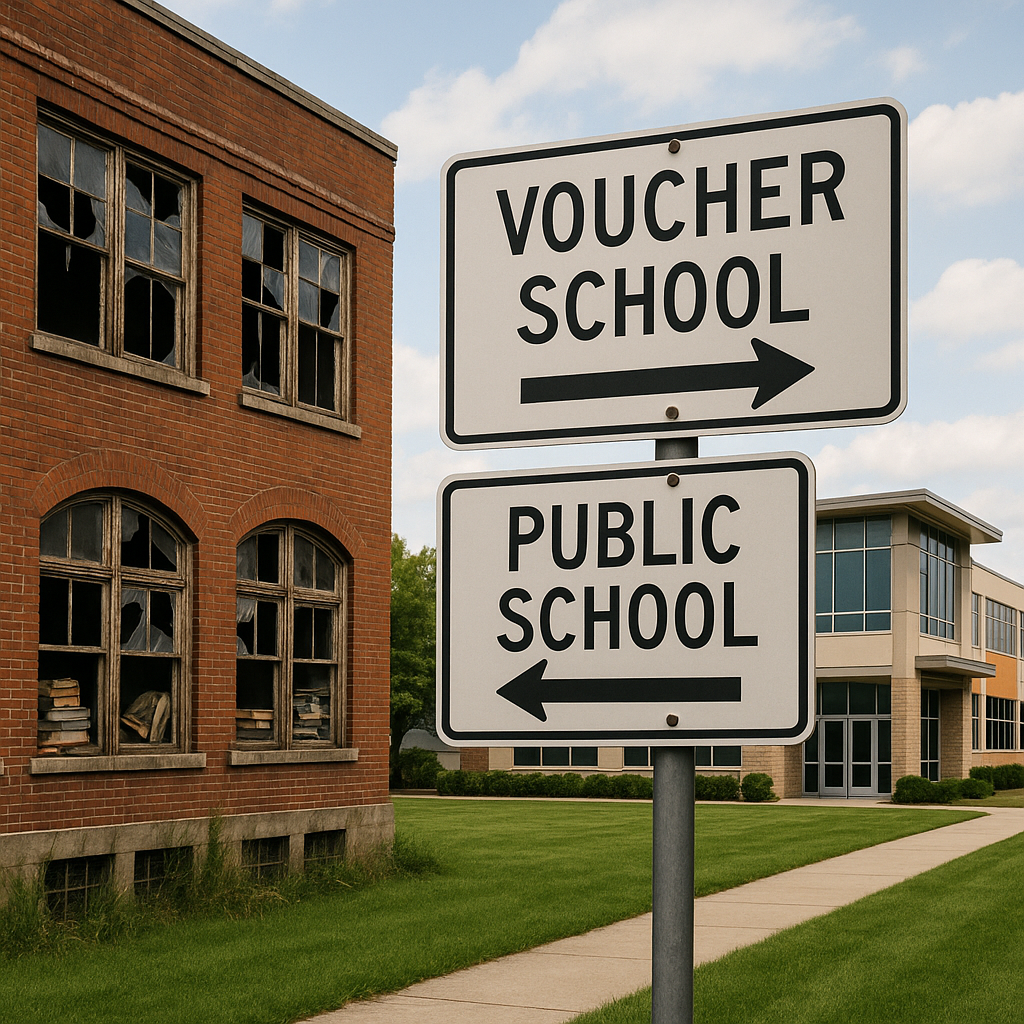
How School Voucher Programs Impact Public Schools: The Real Cost of “Choice”
School voucher programs are often introduced as a solution to failing schools a way to give parents more options and students more opportunities. But behind the promise of freedom lies a growing concern: school voucher programs may be redirecting funds, deepening inequality, and eroding the foundation of the public education system.
What Are School Voucher Programs?
School voucher programs give families public money to help pay for tuition at private or charter schools, usually in the form of tax credits or direct funding. On the surface, it’s about creating choice and competition.
But when that money comes from public education budgets, the ripple effects are felt far and wide.
How School Voucher Programs Impact Public Schools
Funding Leaves with the Students
When a student leaves a public school to attend a private institution using a school voucher program, funding follows them. That might seem fair one less student to educate, one less cost. But public schools still have fixed expenses: building maintenance, teacher salaries, transportation, and special education programs. The loss of just a few students can strain already tight budgets.
Private Schools Aren’t Held to the Same Standards
Public schools are accountable for test scores, attendance, special education compliance, and teacher certifications. Many private schools receiving school voucher program funds aren’t required to meet the same standards. That means public schools are competing with institutions that don’t play by the same rules, yet still receive taxpayer money.
The Students Who Stay Get Less
Students who remain in public schools often from lower-income families or with special needs—get stuck in under-resourced classrooms. As school voucher programs siphon away funds, these schools face larger class sizes, fewer programs, and declining morale.
Do Voucher Programs Really Improve Student Outcomes?
Research is mixed at best. Some studies show marginal gains for certain voucher students, but many others show no improvement or worse compared to their public school peers.
In the long run, school voucher programs may do more harm than good to the public education system they’re supposed to complement
Who Really Wins with Vouchers?
Wealthier families already considering private education often benefit most. They can now offset costs with public funds essentially using taxpayer dollars to support private choices.
Meanwhile, public school systems are left to do more with less.
Final Thoughts on Voucher Programs and Public Education
The idea of school choice is appealing. But when choice means weakening the backbone of public education, we need to ask: At what cost?
If we’re serious about fixing education, the answer isn’t to drain public schools it’s to fund and support them properly. That’s how we ensure all students, not just a select few, have access to a high-quality education.
📚 Related Reading & Resources
For deeper insight into how school voucher programs impact public schools, check out the following trusted sources:
- Politics, Education and the Future of K‑12 – Lonnie Palmer’s book offering key perspectives on the politics shaping education policy.
- Vouchers Harm Student Achievement As Much As Natural Disasters – National Coalition for Public Education details research showing negative academic outcomes from voucher participation.
- Vouchers undermine efforts to provide an excellent public education for all – Economic Policy Institute explains how voucher programs divert public funds and discourage equity.
- The risks of universal private school choice programs – Brookings Institution highlights equity concerns and funding drains linked to large-scale voucher expansion.
Explore more articles at LonniePalmer.com